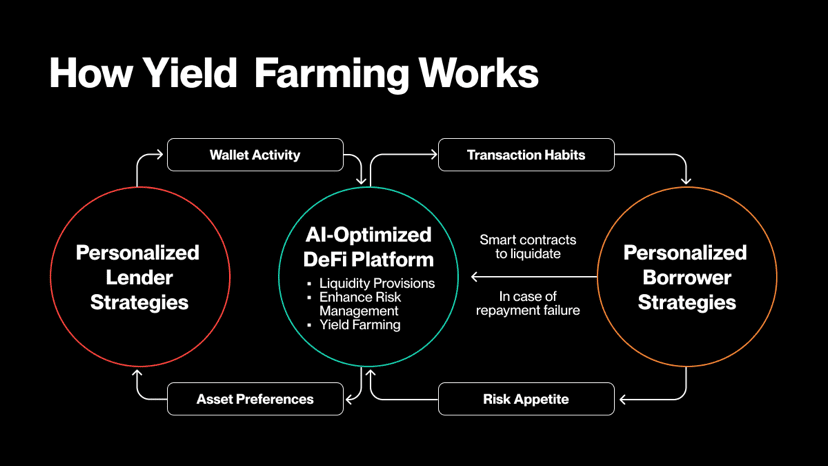Many people still remember Kava from the early years of lending and stablecoins, but the two-step adjustments of 2024-2025 have actually revamped its underlying narrative: first, Tokenomics 2.0 switches the supply to a fixed cap (the last inflation minting will be completed in the last block of 2023, starting from January 1, 2024, there will be a fixed supply of about 1 billion tokens), with continuous rewards supported by the community treasury and fees; second, the Co-Chain architecture continues to deepen, with the dual-stack collaboration of Cosmos Co-Chain and Ethereum Co-Chain becoming the norm, relying on the Translator Module for seamless calls between the two execution environments. The former changes the old path of 'relying on inflation subsidies', while the latter makes 'compatibility + interoperability' the default.
A fixed supply does not mean 'cutting off incentives'. The governance proposal positions the 'Strategic Vault' as the funding source for long-term rewards, with sources including protocol revenue and community assets, aiming to replace single issuance with a method of 'sustainable cash flow + treasury funding'. For validators and nodes, this means a more controllable nominal annualized return and more transparent reward sources; for the secondary market, the supply side will no longer continue to expand, returning the narrative to 'usage and cash flow'. Multiple reports and official announcements provide consistent timing and logic for this switch, serving as a 'calibration anchor' for investors and creators.
The Co-Chain combines the advantages of 'two worlds': the Cosmos side has IBC interoperability and sovereign chain customization capabilities; the EVM side has the Solidity ecosystem and toolchain; the Translator Module is responsible for flattening the different data structures and transaction formats on both sides, allowing developers to write business in EVM while also accessing interoperability capabilities on the Cosmos side. This 'translation layer' is not an ordinary cross-chain bridge; it belongs to the endogenous protocol layer, treating the two execution environments as 'two halves of one brain' of a network, avoiding the trust threshold and maintenance burden of most external bridges. The official documentation clearly describes the role of this module, which is key to understanding Kava's engineering roadmap.
The value of 'returning from narrative to product' can be directly seen from the official real-time panel: about 100 active validators, approximately 120 million KAVA staked, a cumulative cross-chain bridge transaction amount of about 2.5 billion USD, on-chain assets of about 625 million USD, and an average transaction fee of about 0.0001 USD. These quantitative indicators resonate with the direction of 'fixed supply + dual-chain collaboration': one side has a more restrained token curve, and the other side provides truly usable execution and interoperability.
The most common concern about switching to a fixed supply is 'where do the rewards come from?'. Kava's answer is not 'compensate with higher rates', but rather to distribute incentives into a combination of treasury funding + protocol revenue + ecological incentives. For example, the ecological promotion around USDt and the 'Rise' incentive (which will be discussed later) essentially bring in liquidity and usage, and then distribute profits according to public rules, thus forming a sustainable model based on 'usage providing blood support'. Governance treasury + usage growth is a relatively healthy source of incentives in PoS ecosystems.
Overall, Kava's two-step strategy in 2024-2025 is not flashy: the supply side removes the 'invisible inflation tax', while the product side makes 'compatibility + interoperability' the default. These two steps refocus the discussion on 'who is using it, how they use it, and whether it is used a lot'. For creators and researchers, this provides a more substantial narrative foundation.